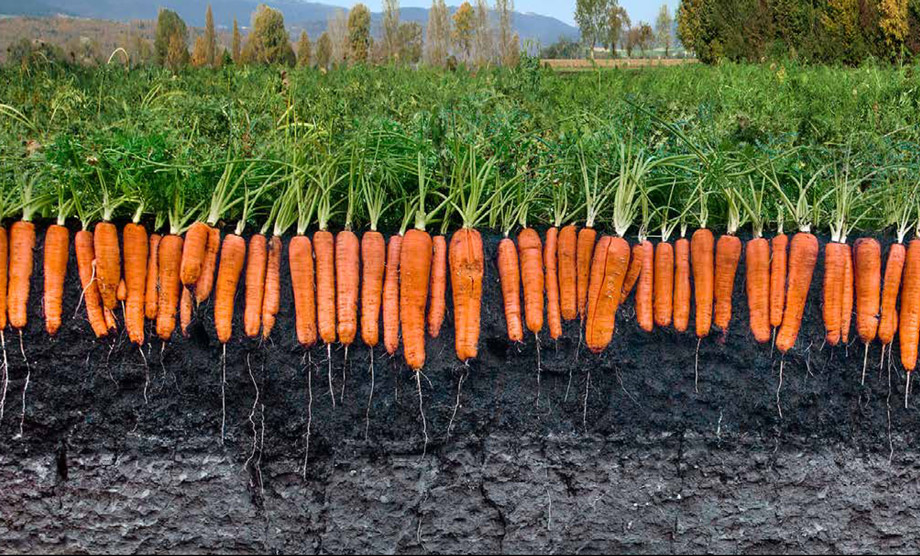Navigation auf uzh.ch
Navigation auf uzh.ch
Gewässerkorrekturen verwandelten in den letzten 160 Jahren die Sumpf- und Torflandschaft des Berner Seelands in eine Gemüsekammer – und setzten damit den Böden stark zu. Mit diesem integrativen Projekt können Studierende bei der Planung der Zukunft für dieses Gebiet mitwirken.

The ‘Berner Seeland’ is the main vegetable producer in Switzerland. This has not always been the case. With the correction of the waters of the Swiss Jura, peat bogs and swamps were transformed into arable land. The 1st correction predominantly took place 1868 – 1878 and included the deviation of the Aare river, the correction of the river Broye, a decrease in the level of the lakes Murten, Neuchâtel and Bienne, etc. In the 20th century (1939, 1962 – 1973), a 2nd correction phase gave rise to an additional decrease in the lake levels and draining of the land surface.
Due to intensive land use of peat bogs, the soils shrunk drastically (up to 3 m). In vast areas, only a thin organic layer is remaining on top of lake marl. The future of agriculture is strongly endangered. In addition, the changing climate imposes severe future restrictions.
Two main options now exist:
a) transform the whole area into a nature reserve or
b) find technologies that support a sustainable water and land use even under changing climatic conditions.
Of course, option b) is favoured and one already speaks about a 3rd correction of waters of the Swiss Jura (estimated costs: about 1 billion CHF). We have now the unique possibility to take part in this decision process.
The following topics can be addressed:
- Variability of organic carbon in the top soils near Ins (lead: M. Egli & G. Wiesenberg; Phys Gg)
- Soil restoration systems: different techniques and their risk of organic matter degradability, carbon mass balances, water infiltration, soil fertility (lead: M. Egli, G. Wiesenberg, J. Seibert; Phys Gg)
- Change in the hydrological cycle and runoff of the “Grosses Moos” (lead: J. Seibert; Phys Gg)
- Forests and peat bog decay (lead: H. Gärnter, WSL Birmensdorf)
- Surface reconstructions over time (lead: D. Small & Claudia Röösli, RSL)
A close collaboration with the Pro Agricultura Seeland, Lüscher & Aeschlimann SA, HAFL, the cantonal authorities and Agroscope is provided.